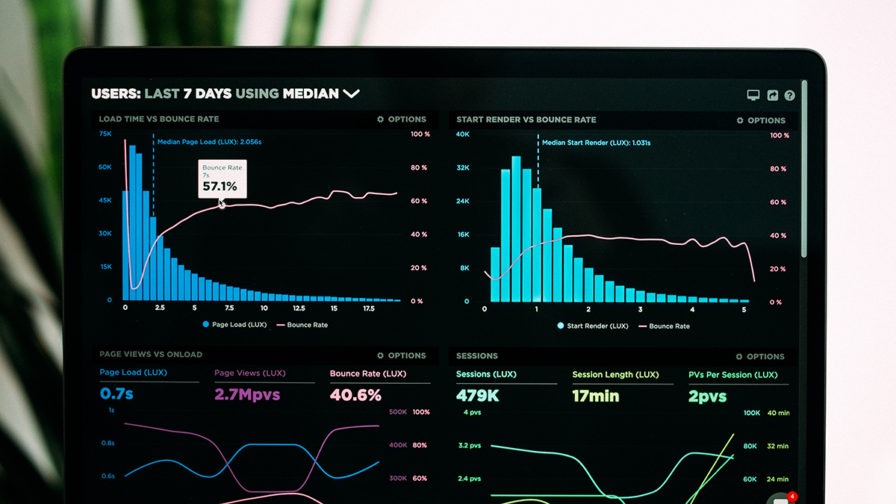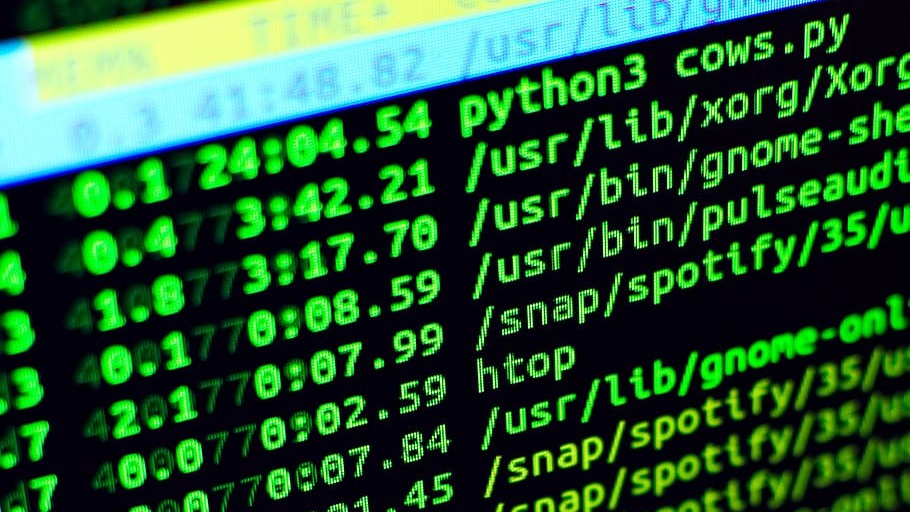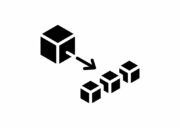
At their core, microservices are a response to the monolithic applications of yesteryear. Rather than designing apps as one massive entity that is so interconnected there is no such thing as a small problem anymore, microservices instead break even the most complicated apps down into a series of individual and independently deployable parts.
The benefit here is that not only can smaller and more specifically focused teams take control over their own services, but you also don’t have to wait for “everything” to be done before getting your app into the hands of end users. You can roll out functionality as it is finished, trusting that it will eventually add up to that larger “whole” you were building in the first place.
But at the same time, simply buying into the microservices architecture alone isn’t enough to guarantee success. You’ll still need to monitor your microservices on a regular basis – something that is important for a wide array of different reasons, all of which are more than worth exploring.
What is Health Monitoring?
Generally speaking, health monitoring with regards to microservices is exactly what it sounds like: the process of using an application performance monitoring or related tool to gain better insight into all key areas of your app and its performance, allowing you to make better and more informed decisions as development goes on.
Really, it’s about gaining a much-needed level of visibility into not only how your application is functioning as a whole, but how each microservice is doing individually and how they all relate to one another and empower one another to become something far more important as a collective than they could be individually.

This type of tool will allow you to dive deep into a number of core areas, including ones like:
- Your application metrics. You’ll be able to see exactly what tasks were completed over a given time (with user registrations being one example), allowing you to see how things are functioning in relation to your long-term goals. Note that things like network performance monitoring would definitely fall under this umbrella.
- Platform metrics. These give you better insight into how your microservices are functioning on a base level, and can help clue you in on situations when things aren’t going as they should. These types of metrics are invaluable for the process of debugging microservices because they don’t just tell you what went wrong, but why and what to do about it.
Why is Monitoring the Health of Microservices Important?
Note that all of this is particularly important because it’s providing you a critical context that you wouldn’t necessarily have access to on your own. Remember that in a microservices architecture, each “portion” of the app is essentially treated as its own unique service. Those services then combine together to bring end users the functionality they will soon come to depend on.
If a problem exists within one of your services, you need to know about it as quickly as possible so that you can do something about it. But more than that, you don’t need to simply know that the problem occurred at all. You need to know why it happened, when it happened and under what conditions it was allowed to happen. All of this will allow you to go in and make the necessary changes to preserve that functionality as soon as you can.
This plays into one of the major advantages that microservices bring to the table in the first place – the fact that you don’t have to worry about how troubleshooting-related changes to one service impact the rest of the app. You can go in, make any necessary adjustments and keep everything online and functioning exactly as it was intended, absolutely no exceptions.
What to Check In Health Checks?
As you perform health checks when monitoring your microservices, you’ll want to look at a few core areas like:
- Your containers. You don’t just need to know how they’re functioning in relation to the rest of the app. You also need to know what is going on inside them.
- Services that may exist in more than one location, all in the name of getting the clearest possible picture about what is really going on.
- Service performance. Note that this is a different concept than container performance as outlined above.
- The performance of any and all associated APIs.
- Organizational structure. Periodically, you should always take the chance to confirm that your microservices are aligned with your long-term goals and what you’re trying to accomplish in the end.
Logging Microservices Health Checks

Finally, we arrive at the concept of logging those health checks: something that any application performance monitoring tool worth its time should allow you to do. Logging health checks is important because it allows you to always reference your past data to make better and more informed decisions in the future. Essentially, it allows you to learn from the mistakes of the past to make sure that they don’t repeat themselves in the future.
By logging health checks, you’re putting yourself in an excellent position to uncover certain trends and patterns that likely would have otherwise gone undiscovered. If you’re dealing with certain recurring issues, you’ll actually know this as soon as possible – allowing you to properly “treat the disease and not just the symptom,” so to speak. Not only does this dramatically streamline the overall development process, but it also helps create a far better experience for end users – which may very well be the most important benefit of all.



